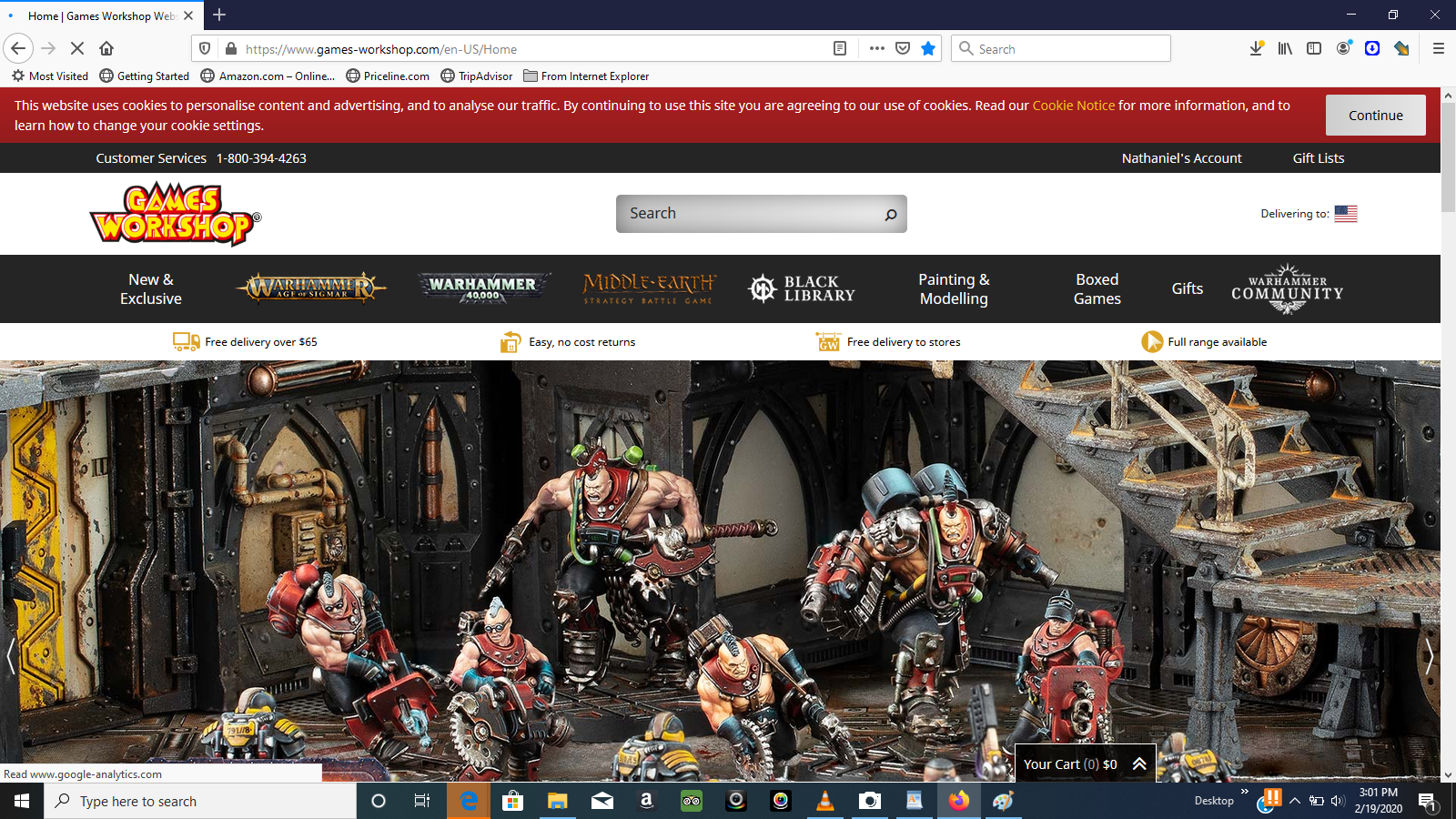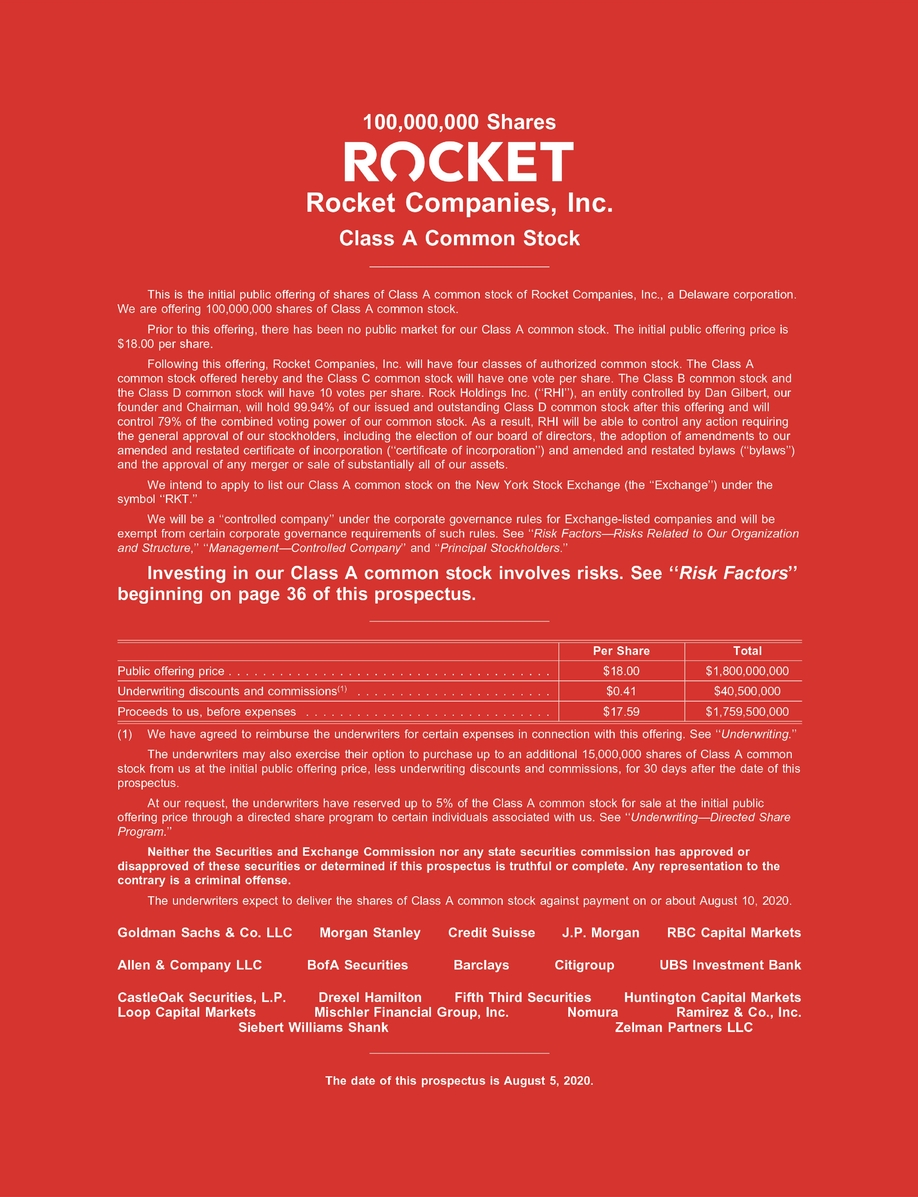Error 500 Quicken For Mac
Intuit is not a Mac friendly company. They make an OS X version of Quicken, but it is artificially crippled in order to try to get banks to pay them money. Intuit will only let you import files from banks that pay extra to let their customers download transactions into Quicken for Mac. The fact that you paid for Quicken and the bank paid for a Quicken server isn’t enough. They want the banks to pay another fee for their Mac users–even though there is no additional hardware or software involved. The end result is that Mac users get a product that will only work with a handful of banks. This article discusses a method to get around this limitation.

CSV2QIF converts CSV and Excel files to QIF format ready to import into Quicken 2017 for Windows, as well as Quicken 2016, Quicken 2015, Quicken 2014 and earlier versions. Also, you can create QIF files for Quicken 2007 for Mac, and other personal finance applications like MS Money, You need a Budget (YNAB), NetSuite, etc.
When I used a PC I was a heavy Microsoft Money user. When I switched to a Mac, I assumed that after all the good things I had heard about Quicken that I’d be better off. This did not turn out to be the case. I bought a copy of Quicken, installed it, headed over to my bank’s website and downloaded the QFX file using the WebConnect button and told Quicken to import it. I was greeted with the following error box.


Me: Why can’t I import a QFX file into Quicken Mac.
Quicken: Because your bank doesn’t support Mac QFX files.
Me: But they are both text files based on the OFX standard.
Quicken: But banks decide which formats they want to support.
Me: Are you telling me that there is a difference between an QFX file for a Mac and one for a PC.
Quicken: Yes they are different.
Me: Why would people use OFX if it was limited to only one platform?
Quicken: I don’t know.
Me: Ok on a bank that supports the “Mac format” there is only one link to download. How can it be a different file?
Quicken: I don’t know, but banks have to support the Mac format for Mac users.
Me: I’m looking at a QFX file right now from a bank that supports Macs and one that doesn’t. The file format is identical.
Quicken: No they are different.
It was at this point that I realized I was not going to get anywhere with tech support. So I started trying to figure out what was causing the problem myself.
I don’t know what it is like to use their PC product, but from an OS X standpoint Quicken is Evil. It isn’t that their product is bad, it is that they follow absurd business practices that will make your life miserable if you are using something other than Windows. If you go to the Quicken site and look at their list of supported banks, it looks very good and reassuring. Most major banks are listed, so it should be no problem to download and import transactions. The problem is in the fine print. Very few of the banks support “Quicken for Mac”. This seems odd because the OFX, QFX and QIF file formats are completely independent of the operating system. In fact that is the whole point of OFX–to have a platform independent way of representing financial data. It should work on PalmOS, OS X, Windows, Linux, HPUX, anything.
In older versions of Quicken and other money management software, you’d simply download a .QIF file and import it. QFX can work the same way, but it contains additional information about your account and bank. Most banks have upgraded to using QFX (WebConnect) because it helps prevent repeat transactions so you don’t have to be as careful about selecting the exact dates for import.
- When I bought a computer in 2008, it came, pre-installed, with Quicken 2005 for the Mac. However, when I bought another computer in 2012, I discovered that Quicken 2005 was no longer being supported. I was discouraged with the Quicken Essentials for Mac. Even the new Quicken for Mac, doesn't do the trick for me.
- Quicken for Mac still trails Quicken for Windows in ease of use, interface (i.e., navigation), intuitiveness, versatility, and features. Quicken for Mac also falls a bit short when it comes to investment tools, especially in regard to its lack of automatic cost-basis calculations. Another area that people have complaints about is the interface.

It turns out that when you try to import a QFX file, Quicken looks at the ID of the banking institution in the file and then goes to the Intuit web site and asks if it should allow you to import the file. Intuit’s site sees that the request is coming from a Mac and then checks to see if the bank with that ID is listed as supporting the Macs. If they don’t Intuit sends back a message telling Quicken to not allow the file to be imported. Banks have to pay Intuit extra money to say that they support Mac. Since the number of Mac users is smaller than PC users, many banks don’t pay the extra fee. In my opinion this amounts to artificially crippling their product for Mac users. The files are identical for any type of computer.
Quicken Error Codes
There is a way around this stupid limitation. You simply tell the QFX file to use a different Bank ID number. If you choose a bank that supports “mac format”, Intuit will let you import the file.
First download the QFX (webconnect) file from your bank and then open it in a text editor. You should see a section that looks something that looks like:
INTU.BID stands for the Intuit Bank ID. and INTU.USERID is the bank’s user id. These two numbers function as the username and password to allow or disallow Mac users from importing files. Intuit allows Washington Mutual (shown above) to let their customers use Quicken on a Mac, so by replacing your INTU.BID and INTU.USERID sections with what is shown above you can import the file.
Quicken Download Errors
It can be a little tricky to get the file imported because you’ll need to make sure Quicken associates it with the correct account. You may need to change the name of the bank on your account before you import the file. The easiest way is to create a new account when you import the file as shown in the image. You can then go in and edit the name of the account, but you’ll need to leave the name of the bank set to Washington Mutual.
Error 500 Quicken For Mac Osx
Another possible way to work around the limitation is to redirect all traffic to Intuit to your local machine and return the proper codes to authorize the transaction regardless of which bank a QFX file comes from. Ideally someone could setup their own server to act like Intuit’s server and return affirmitive responses to all requests.
Quicken For Mac Review
Update: more information in a new article
